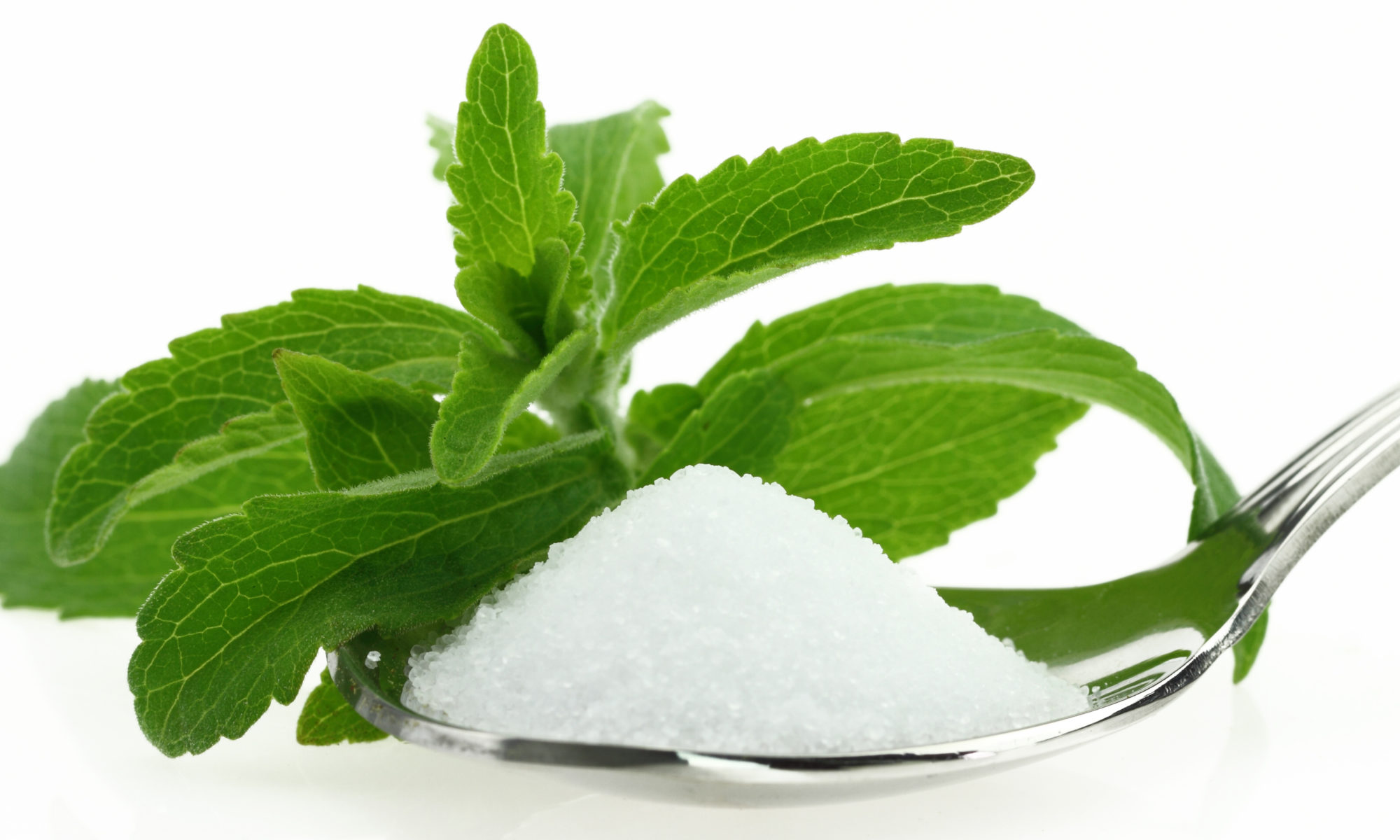Nutrient dense. Before I became a dietitian I always found this to be a confusing term. What are nutrient dense foods? Why are these important in a healthy diet?
Simply put, what determines the nutrient density of food is the amount of nutrients you get for the amount of calories. A nutrient dense food has lots of nutrients for the little calories. You want to look for foods that are rich in vitamins, mineral, complex carbohydrates, lean protein and healthy fats. Choosing nutrient dense foods can help you pack in the most nutrition while staying with your calorie limits.
Let’s get a bit more specific on what constitutes a nutrient dense food.
Vegetables & Fruits
These the power houses of nutrient dense foods. Vegetables and fruits are packed with vitamins, minerals, fiber, phytochemicals, and antioxidants and tend to be very low in calories.
Proteins
Lean meat cuts, seafood and poultry are excellent sources of protein, B vitamins, iron, and zinc. Protein is an important nutrient for muscles and skin and also can help you feel satisfied and full. Keeping your meats lean helps to keep the calories low.
Whole Grains
Whole grains like fruits and vegetables provide a variety vitamins, minerals, antioxidants and are an excellent source of fiber. Choose products in which “whole” is one of the first words in ingredient list to get the most nutrition from your grains.
Nuts & Beans
These are great protein alternatives that are brimming with nutrition. Nuts are a great source for healthy fats and beans are a wealth of fiber.
Dairy
Low-fat dairy products provide calcium and Vitamin D for strong and healthy bones. They also a great source of potassium and protein as well.
Get started today and try this delicious fresh fruit oatmeal recipe that uses stevia to keep calories low in this nutrient dense breakfast.
 Carolyn Reynaud, MS, RD, LD is a licensed registered dietitian. She received her BS in nutrition from Michigan State University and her Masters and Certificate in Public Health from Georgia State University. She has experience working in several avenues of health care including corporate wellness, clinical disease management, research, and health promotion. She has been working as a health coach specialist for close to 6 years, where she counsels patients on preventative healthcare and helps them meet their health goals. Follow her on Twitter @ReynaudCari.
Carolyn Reynaud, MS, RD, LD is a licensed registered dietitian. She received her BS in nutrition from Michigan State University and her Masters and Certificate in Public Health from Georgia State University. She has experience working in several avenues of health care including corporate wellness, clinical disease management, research, and health promotion. She has been working as a health coach specialist for close to 6 years, where she counsels patients on preventative healthcare and helps them meet their health goals. Follow her on Twitter @ReynaudCari.










